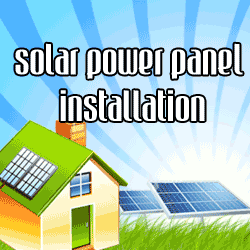

The green movement has seen a considerable evolution since the early 70s. In those halcyon days of the Peace Movement, Vietnam War and the winding down of counter culture, building green was in its infancy. Open a brochure of green home designs from the 70s and probably what stared out at you were structures shaped like anthills or cave dwellings. You wondered at the sanity of it all.
The concept of living with the nature, environmentally friendly initiatives was very much a part then, but was the preserve of some people. That has changed to green buildings being built by large construction companies with considerable support from the government. A trendy concept of the 70s has now transformed into an official mascot of many a nations.
In the 70s there was no real professional effort at building green homes. Designs mimicked natural designs of indigenous people without really trying to incorporate the wishes and aspirations of modern day living. There was no concerted effort at scientifically arriving at green home designs. Modern day avatars of green home designs follow a rigid certification code in many counties in the world. In the US, The Leadership in Energy and Environment Design (LEED) is an initiative that sets standards for green home designs. The same standards have been incorporated by some countries while others have evolved their own. In the 70s, green home designs tended to concentrate on stand alone projects. Present day evolution looks at green home designs as a full fledged eco system. Now, factors such as recycling, indigenous practices, environment and architecture are examined holistically.
An important role in the evolution of green home design has been brought by Science. In the 70s powerful computers were not available. Computer Aided Designs (CAD) with wind flow computations and solar capture calculations make designing green homes far more efficient than the 70s. Even greening of construction materials has received an impetus thanks to advances in science. Nature friendly, recycled products, made possible by advances in science are regularly used by construction companies. A typical example is of fly ash, a waste product which can as well be used in mixed cement with same qualities. As our environmental challenges increase and more and more countries recognize that it is our responsibility to conserve our resources, building green homes has become an internationally recognized initiative. Thus green home designs have traveled from a niche specialization in the 70s to the mainstream of the construction business today.
Renewable & Alternative Energy Resources: http://www.alternativeenergybase.com
Find more information about green home building, visit www.GreenHomeGuide.org.





